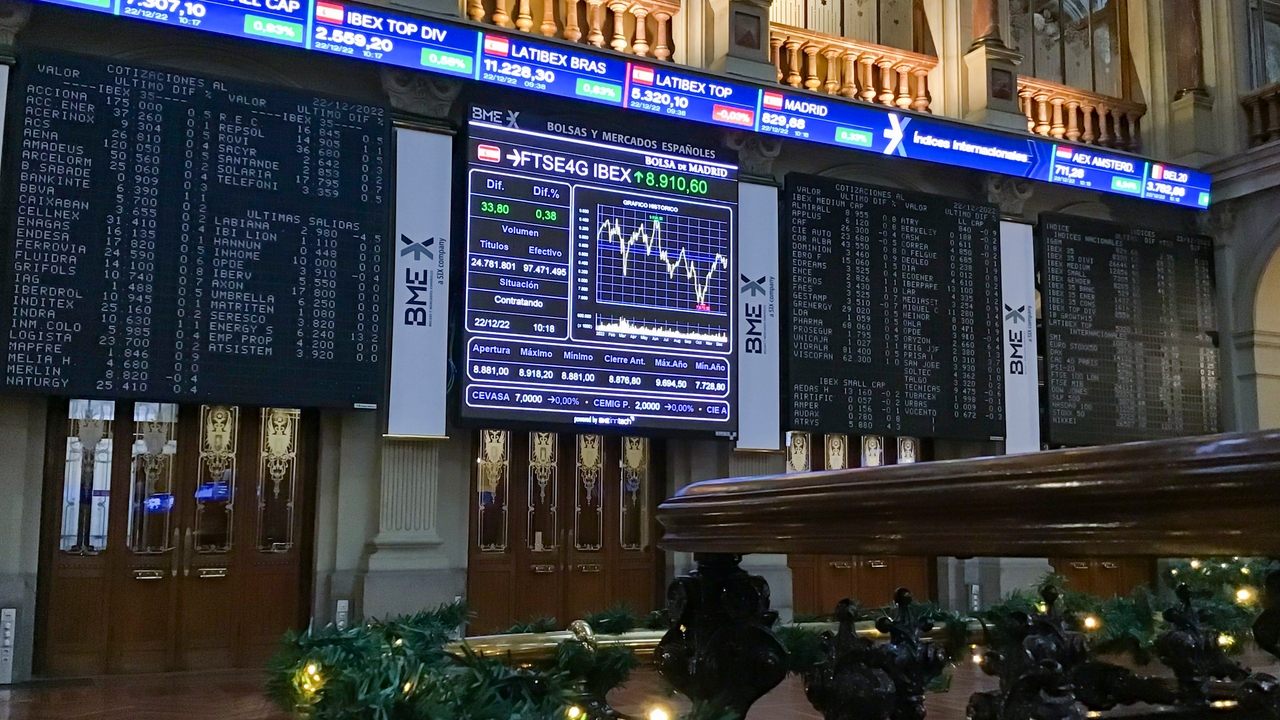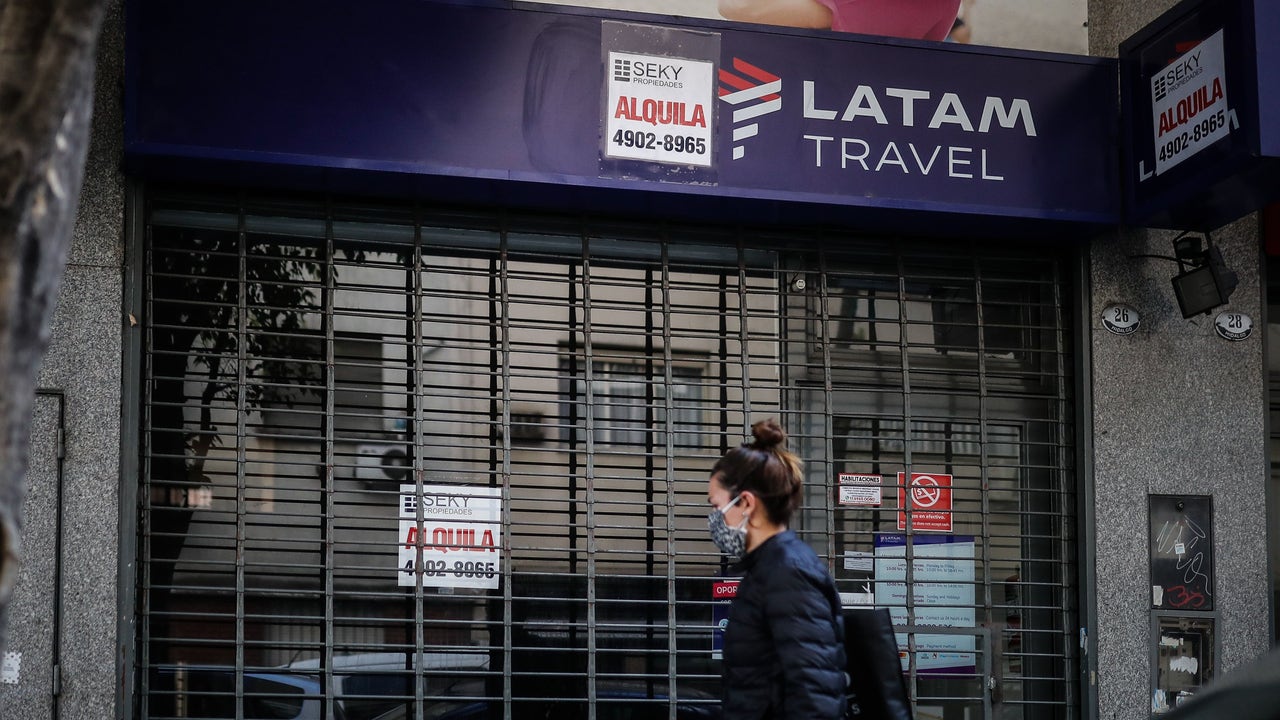a financial crack that does not threaten Spanish banks

Los Spanish banks "have no risk of contagion" from the financial crisis that plagues US entities and has put Credit Suisse on the ropes. This is how the bank employers, analysts and various members of the Government have defended it throughout the week, who, far from being carried away by panic, support this statement with data that, to this day, seem unquestionable for their peace of mind. Especially when the European Central Bank has promised that it will put the money machine to work "to preserve the financial stability of the euro area."
European and Spanish banks have little to do with American ones, with businesses fully exposed to the markets, which has led them to accumulate latent losses –when the price of the financial asset they own is lower than the one paid for its acquisition– amounting to 600,000 million dollarsan amount capable of collapsing the entire banking system. In the case of Spain, the banks have a loss of about 15,000 million euros in the sovereign debt portfolio, most of them from the Spanish State itself, with no indication that they are showing a loss of value or that they have to be forced to sell, as happened to Silicon Valley Bank (SVB), the main cause of its bankruptcy and its subsequent rescue. But as long as banks don't need to dump those debt securities in search of liquidity, those potential losses will only be latent and not reflected on the books.
precisely is liquidity – or the lack of it – that has caused this financial chaos, when catching with the changed step the most exposed entities. The explanation is simple: when interest rates rise, the value of long-term assets suffers a depreciation and the cost of refinancing short-term liabilities increases, which leaves the entities that suffer in a difficult situation. liquidity problems, which are forced to sell off their assets. In the case of the SVB, the loss of 1,600 million in these transactions, sowed panic among depositors and precipitated its collapse and its rescue to avoid contagion in similar entities.
In it In the Spanish case, the conceptual difference of the business is very different, clearly retail, with a lot of diversification regarding deposits, with a lot of credit on its balance sheet and maximum liquidity. "So neither on the liability side nor on the asset side can any kind of parallelism be made with our banks," says Alejandra Kindelán, president of the Spanish Banking Association (AEB), who also highlights that the European regulatory framework , which is different from the American one, is much more demanding, which is why it ensures the profitability and viability of the entities. After the 2008 crisis caused by the bankruptcy of Lehmann Brothers, the Spanish financial system and that of the entire euro zone became more "solid and capitalized, and complies with all the requirements of the supervisors and regulators who were in charge of setting them to make them more resilient", explain sources from the Ministry of Affairs
cheap.
And the data seems to prove them right. The main Spanish banks comfortably exceed the requirements of 100% liquidity coverage and the net stable financing ratio, according to the latest report prepared by Autonomous Research, which uses data at the end of the fourth quarter of 2022. Among the large banks, CaixaBank stood out, with a liquidity coverage ratio (LCR) of 291%, followed by Sabadell, with a ratio of 234%. Behind, Bankinter registered an LCR ratio of 218%, Santander, 161% and BBVA, 159%. This LCR ratio measures the relationship between the buffers of high-quality liquid assets that each entity has and the cash outflows that they can face during a 30-day period of liquidity stress. This is one of the metrics that has taken its toll on the SVB and that has been primed with Credit Suisse, which had to be rescued with 50.8 billion euros loaned by the Swiss National Bank to strengthen its liquidity in a preventive manner.
Another liquidity ratio in which Spanish entities stand out is the net stable funding ratio (NSFR), through which credit institutions and investment firms are required to finance their activities in the long term with stable sources of financing. The minimum requirement for this metric is also 100%, as in the case of the liquidity coverage ratio. CaixaBank is the bank with the highest NSFR ratio among large entities, with 142% at the end of the fourth quarter of 2022, followed by Bankinter (140%), Sabadell (138%), BBVA (135%) and Santander (121%) . In the case of Abanca, this ratio rises to 237%, while Ibercaja had an NSFR coefficient of 153%, Unicaja Banco, 143%, and Cajamar, 129%.
Despite this, The Ibex 35 continues to suffer, closes its worst week since the start of the war due to fear of a new crisis, loses the border of 8,900 points –it closed yesterday's session at 8,719.3 points– and registered a weekly decrease of 6%. It is the second consecutive week in red, with a general decrease and almost all its values in negative. But the ones that have suffered the most are the banks, which have accumulated a loss of more than 24,000 million euros during the week, almost everything they have earned during the year.










